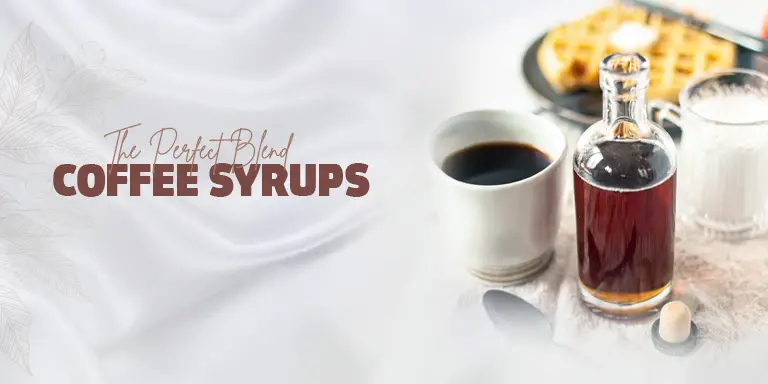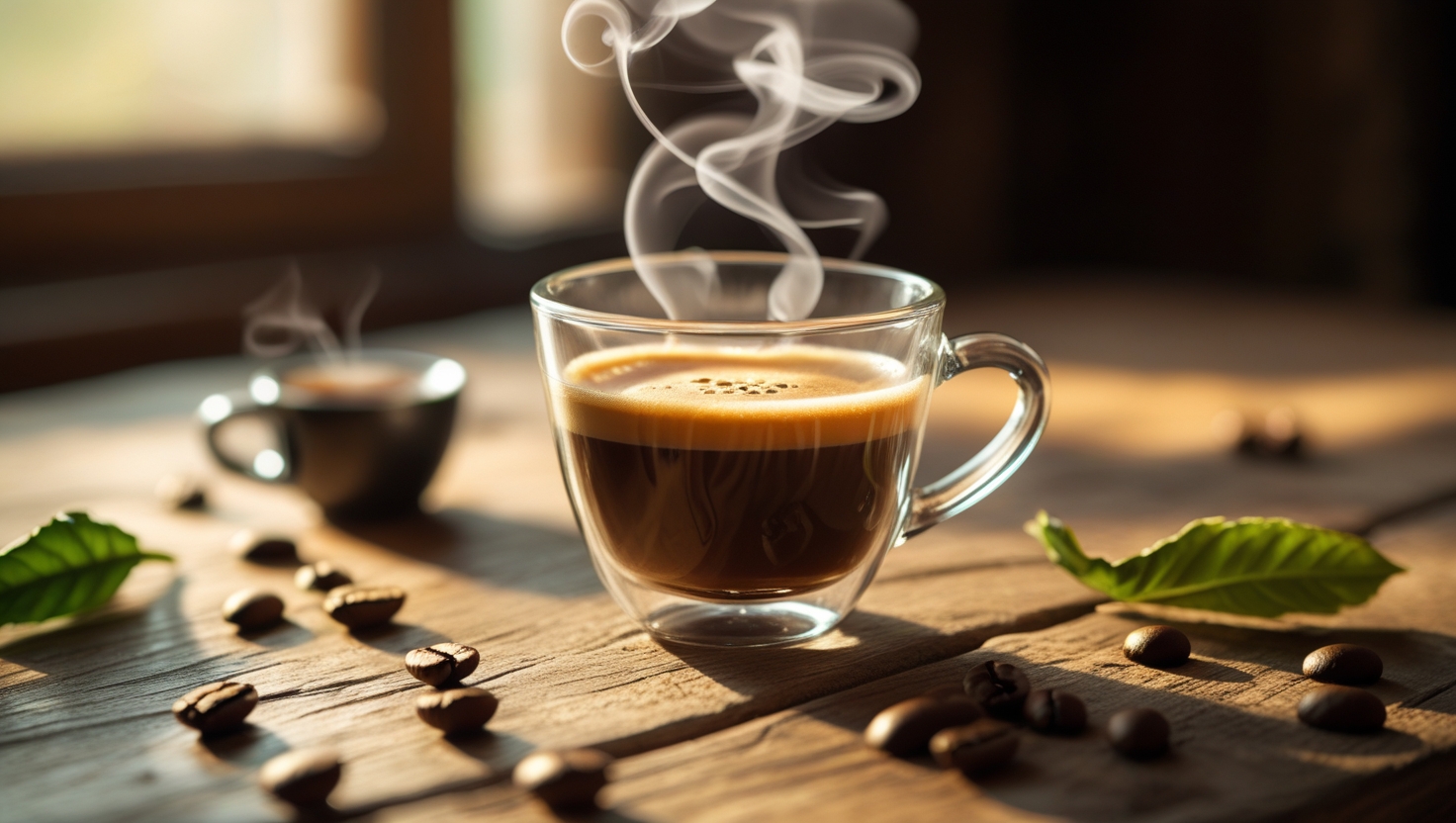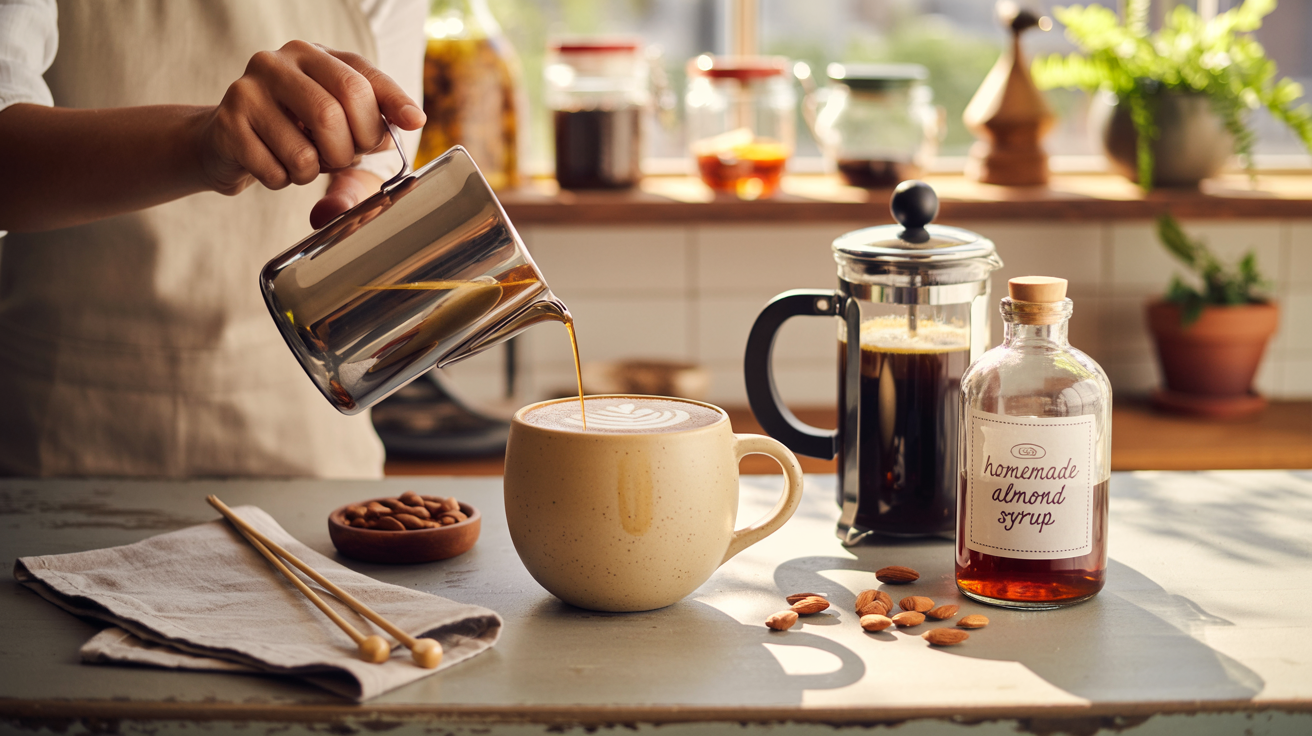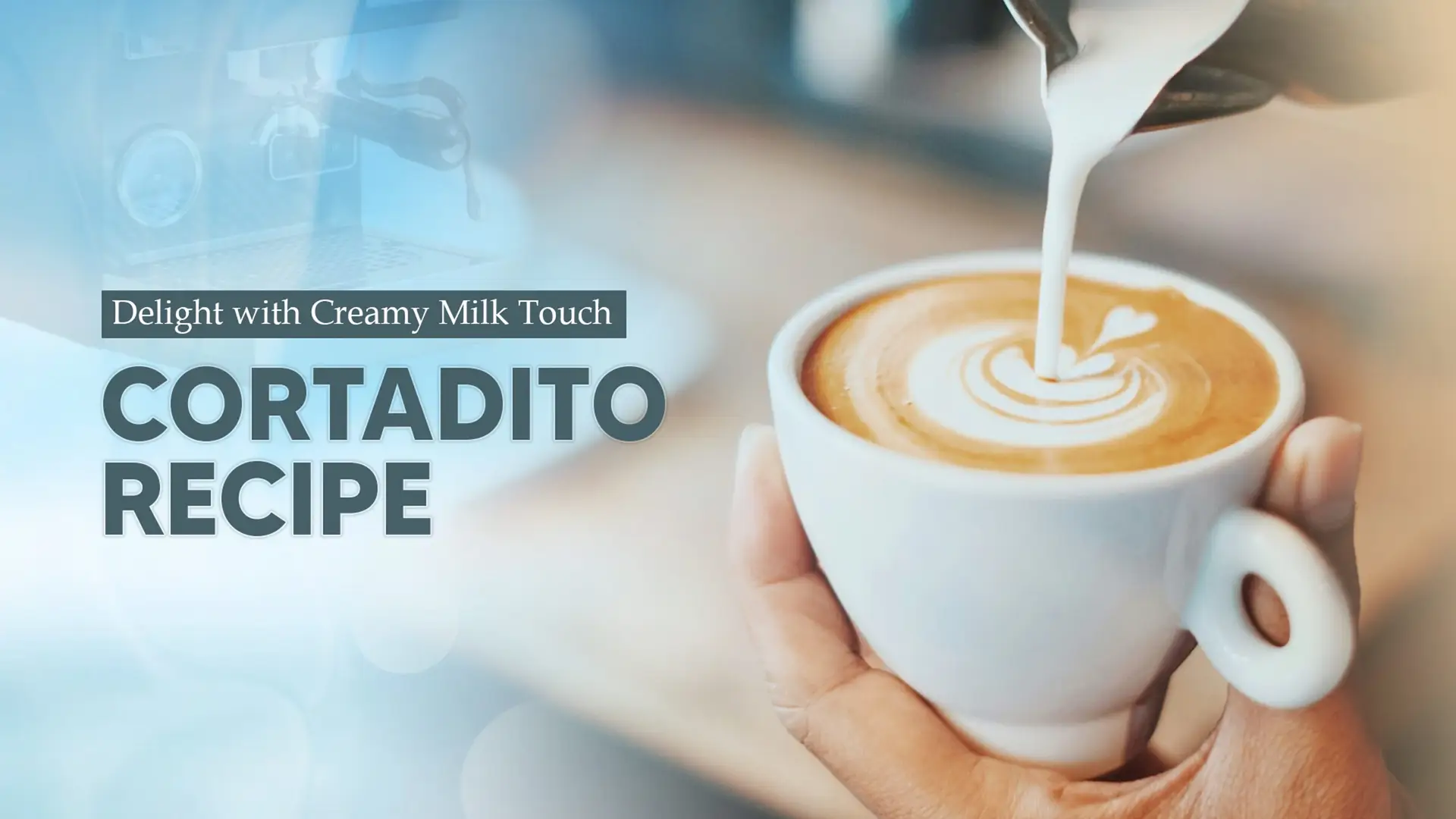Arabic Coffee History That Will Fascinate You Arabic Coffee History That Will Fascinate You What is Arabic coffee? Arabic coffee,...
Read MoreMacchiato vs Other Coffees: Barista-Backed Comparisons

Macchiato vs Other Coffees: Barista-Backed Comparisons


1. Introduction: Exploring the World of Coffee Drinks
Macchiato vs other coffee drinks is a point of contention. According to experts, a macchiato isn’t an order for someone who wants a milky coffee; it is certainly not a cappuccino or latte in disguise. James Hoffmann or Jordan Alexo points out how different brewing methods, from lattes to cold brews, suit various ways of liking coffee. For instance, lattes are made by pouring steamed milk over a shot of espresso, while cold brews involve steeping coffee grounds in cold water for an extended period, resulting in a smooth, less acidic coffee. If nothing else, the coffee scene is all the stronger for it.
Why Are Macchiatos, Lattes, and Cappuccinos So Popular?
Coffee professionals like James Hoffmann believe the rising global preference for high-end coffee drinks is indicative of a greater interest in nuanced flavors and mouth feels (the tactile sensations experienced in the mouth when drinking coffee). The big question is: What makes a macchiato distinct from lattes and cappuccinos? According to coffee enthusiasts and professional coffee makers, Macchiatos have a more pungent espresso taste, with very little milk, and lattes & Cappuccinos offer a smoother, creamier feel. They suit different profiles to please different palates. This is why they are so popular and why coffee culture is gradually spreading throughout the world in several markets.
2. What is a Macchiato?
A macchiato is a rich espresso-based brew with a splash of steamed milk or foam. The word “macchiato” in Italian means “stained” or “spotted,” referring to how the milk mutes but does not completely subdue the espresso’s inimitable taste. It gives the user an intense coffee experience and negligible dilution. It’s usually served in a demitasse cup and ideal for those who like their espresso just ever so slightly creamy. The macchiato, compared to the latte, is stronger and less milky. The query for the uninitiated is what is caffe macchiato, and the answer is simply this: espresso the old school way that is a little softer but doesn’t lose its full-bodied nature. It’s sharp, rich, and authentic. This unique combination of strength and creaminess makes the macchiato a coffee worth experiencing.
The Essence of a Macchiato: A Coffee with a Bold Touch
Macchiato is arguably one of the most forceful espresso-based coffees, meaning it has a high concentration of coffee and a strong, robust flavor. It has a signature taste and style. It is only a strong hit of espresso, flavorful enough, padded with a little bit of milk to tame the robustness. This Italian classic (the name means “stained” or “marked” in Italian) achieves the perfect synergy of intensely bitter espresso and hot, creamy milk. Whether enjoyed as a classic macchiato with a dollop of froth or direct and immerse, this is a coffee that can energize you the perfect amount. The macchiato is bold and straightforward. It’s a favorite of many coffee enthusiasts, drawn to the drink for its intensity of flavor and simplicity. Great for those who prefer the coffee itself unfiltered, the macchiato is more than just a quick hit of caffeine. It’s an interpretation of coffee culture at its best.
Types of Macchiatos: Espresso Macchiato vs Latte Macchiato
The latte macchiato and the espresso macchiato are two different types of macchiatos and provide two very different experiences of coffee. Macchiato Espresso The macchiato espresso is an uncomplicated and strong-tasting drink that is made by dotting the tiniest drop of milk or foamed milk atop a shot of espresso so that the strong taste of it can shine through. Easiola, with the latte tabella, is like a latte macchiato that you make by pouring an espresso shot over steamy milk. The latte macchiato tastes a little bit smoother and creamier than the espresso macchiato. The two drinks highlight the espresso-milk balance, but they cater to different predilections, the one toward strength, the other toward smoothness.
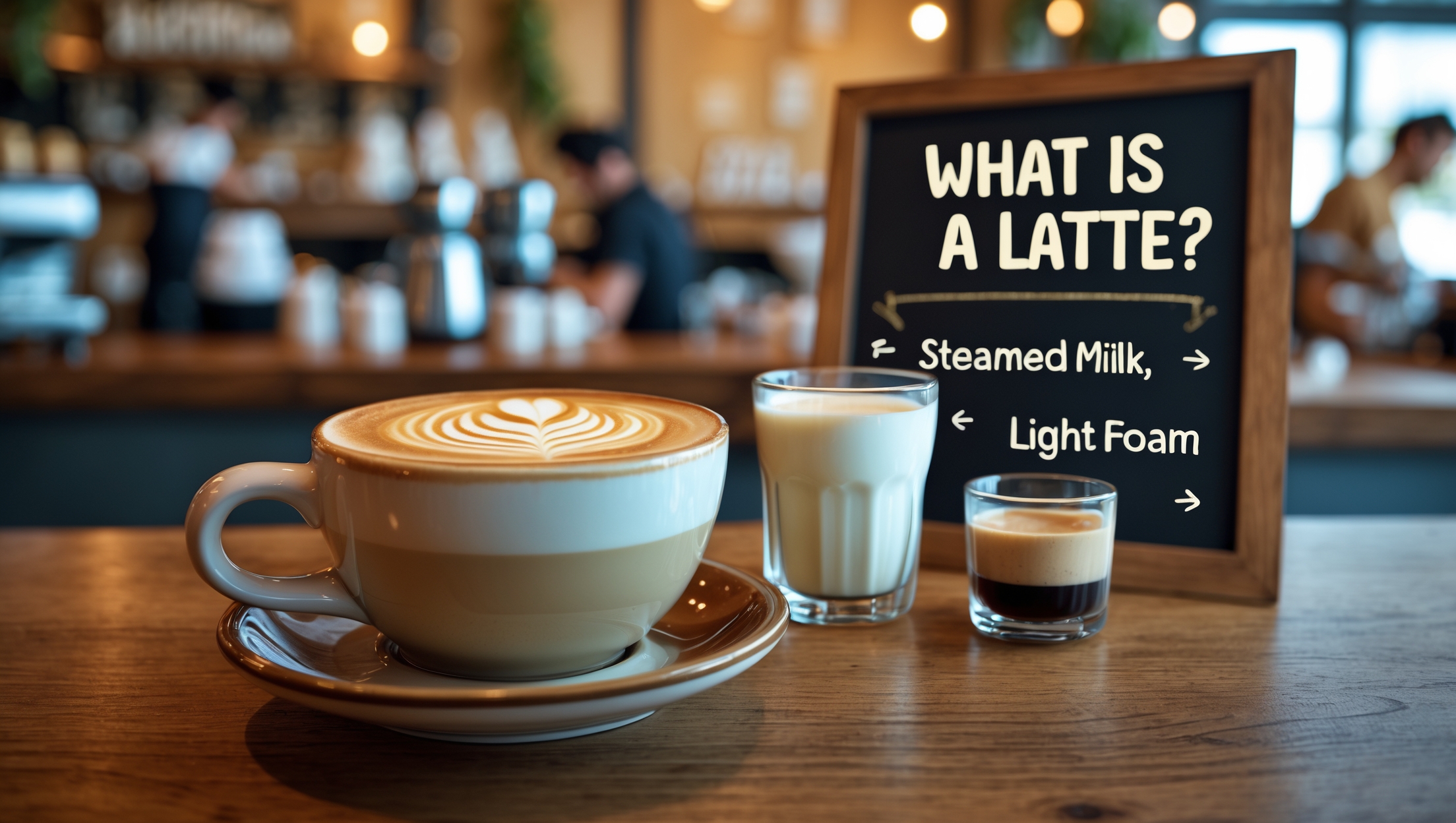
3. What is a Latte?
A latte has one shot of espresso and steamed milk and is topped with a thin layer of foam. It is one of the espresso-based drinks. It’s rich and creamy with a mild coffee flavor. Suitable for those just getting into espresso drinks. It’s usually served in a larger cup. A latte has more milk than a cappuccino and is mostly milk and less foam. Of the three macchiatos vs. latte vs. cappuccino, a latte is the gentlest. It’s a café staple around the world because of its balanced flavor. Most large chains offer sweetened or flavored lattes, as the latte is often modified with syrups. The latte will be worth a try because of the flavor versatility and the option to customize drinks.
The creaminess of a Latte: More Than Just Coffee and Milk
The smooth texture of a latte is due to how it’s made: with a single shot of espresso poured into steamed milk (lots of it!) and then topped with a thin layer of foam. This balance delivers a creamy, velvety body that balances the espresso’s boldness. It promotes sweetness/mouthfeel by texturing the milk to a silk-like quality. A latte doesn’t taste like mugging the way stronger drinks do. It’s not just coffee and milk; it’s an art of proportion and a shape of technique. Its creamy body is this form factor that even connoisseurs, by experts’ standards, will notice.
4. What is a Cappuccino?
A cappuccino is a traditional espresso drink made up of equal parts espresso, steamed milk, and milk foam. It has a smooth, balanced flavor with a velvety texture and a slight coffee edge. The foam layer is thicker than that of a latte, contributing lightness and a slightly dry finish. Served in petite little cups, it is typically drunk without sweeteners. When the barista makes it, it is an art – a powerful but well-balanced cup of coffee. The cappuccino, in its perfect balance of creaminess and strength, is a testament to the skill and artistry of the barista, making it a coffee to be appreciated.
Cappuccino: A Perfect Balance of Espresso, Milk, and Foam
Cappuccino is a traditional Italian coffee composed of espresso with the same amount of steamed milk and milk foam. Such a balanced structure makes for a rich texture with air in it. Unlike macchiatos, which sport only a splash of milk, cappuccinos provide a little more creaminess without drowning out the espresso. Lattes, meanwhile, have more steamed milk and less foam, making for a creamier, more mild beverage. Cappuccinos are just perfect: bold, creamy, and light. They are usually served in smaller cups by baristas, with their flavors becoming more concentrated. The foam also provides a soft feel in the mouth. Perfect for people who are looking for flavor depth and not an ocean of milk.
5. Macchiato vs Latte vs Cappuccino: Key Differences
A macchiatoBold espresso with a splash of milk. It’s intense and minimally creamy. A latte is a shot of espresso combined with a lot of steamed milk and a thin layer of foam, and it will provide you with a smooth, light taste. A cappuccino is split into thirds between espresso, steamed milk, and thick foam that forms a luxurious, airy texture. Both have a specific ratio of coffee to milk. Flavor: Flavor gets milder with more milk. Weighing macchiato vs latte vs. cappuccino, the strength of flavor gets diluted with an increasing quantity of milk. Your preference for strength and texture will determine which one you choose.
Comparing Ingredients: What’s Inside Each Coffee?
Almost every coffee beverage starts as an espresso. And in a macchiato, it’s just an espresso with a little dollop of milk or foam. Lattes contain one shot of espresso and are filled with steamed milk (approximately a 1:3 to 1:4 ratio) and topped with a bit of foam. Cappuccinos are equal parts espresso, steamed milk, and foam (but often a 1:1:1 ratio). The proportions of these ingredients define the flavor and structure. More milk will produce a creamier, milder taste, as in lattes. Extra milk, as in macchiatos, keeps the espresso pungent. Cappuccinos balance both worlds. Having that in mind about how much espresso and milk to add gives you a bit of a sense of what to do to make the coffee taste the way you want.
6. Popularity & Cultural Preferences
Macchiatos, lattes, and cappuccinos all come straight from Italy, with a long history in the country’s coffee tradition. The macchiato is Italian for “stained” and started as a plain shot of espresso with just a drop of milk to take its bite off. Lattes, short for a caffe latte, developed as a breakfast drink comprising espresso and lots of steamed milk. Cappuccinos have been around since the 17th century, named after Capuchin monks, whose robes matched the drink’s color. Of course, in the macchiato vs latte vs. cappuccino thought process, each version plays with a varying ratio of espresso to milk, influenced by cultural preferences and historical movements in both Italian and global coffee sensibilities.
Global Trends: How Coffee Preferences Vary Across the World
Cultures and traditions are distinct across continents when it comes to coffee. Cappuccinos are popular in Italy, where they serve as a social symbol drunk in the morning and consist of one-third espresso, one-third steamed milk, and one-third foam. Well, the United States is in the process. The U.S. likes lattes for the reason of their creamy, nice milk part, and for sure enough, the U.S. drinks them all the damn day. Tenderloin; (415-878-1474), macchiatos (25 percent of sales in the Financial District) have attracted a cult following in cities worldwide, but nowhere as much as in cities that love coffee. In other parts of Europe and the Nordic countries, it’s black coffee with one, so everything is simple. Recognition of these international currents of consumption demonstrates the extent to which regional preferences can affect the way people experience coffee and the unique experiences that a wide variety of palettes can enjoy around the globe.
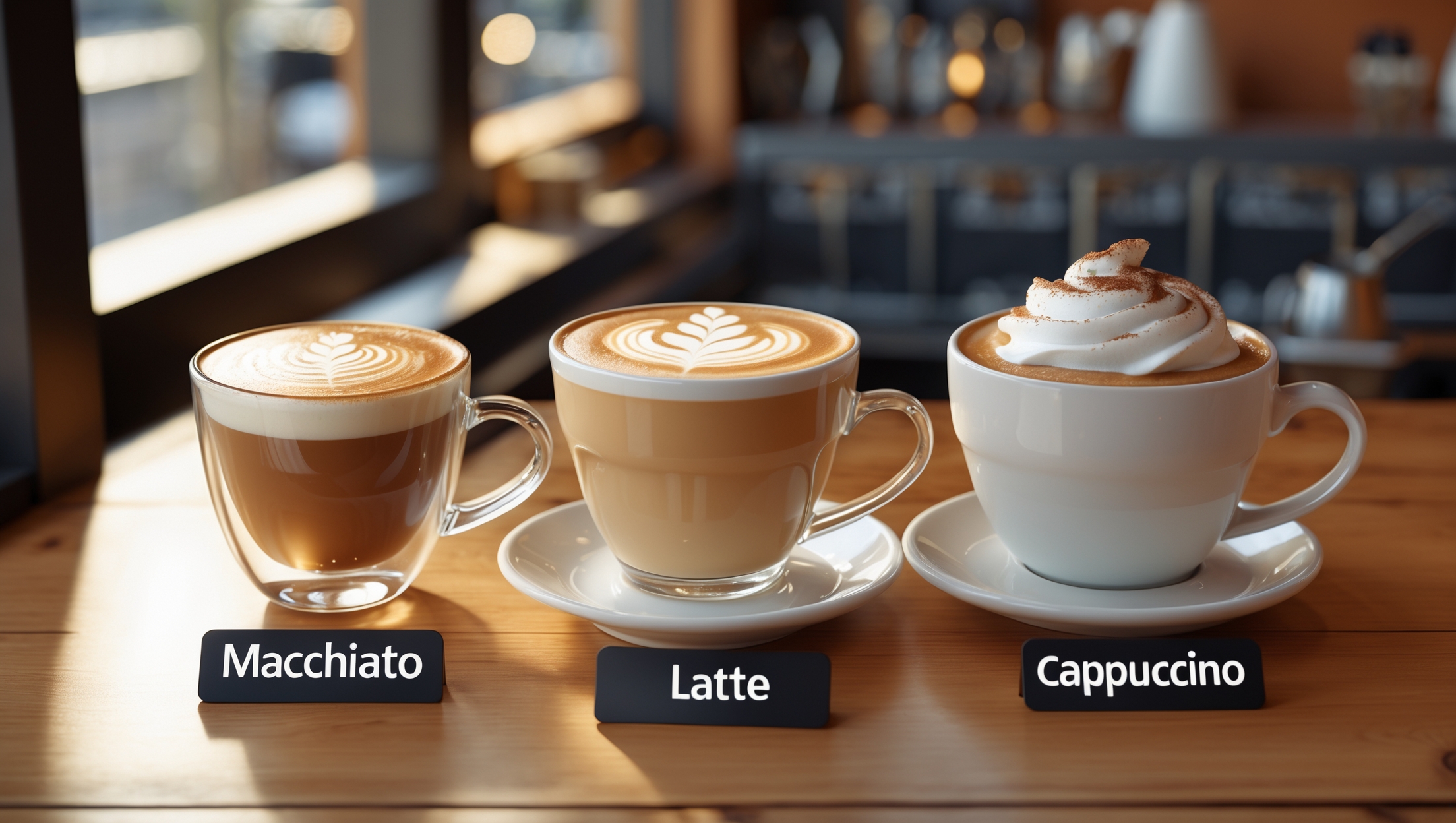
7. Which One Should You Choose?
You’ll choose between a macchiato, a latte, or a cappuccino based on what you like in a cup. If you want your coffee strong and firm and not much milk, then the macchiato is your guy. It highlights espresso’s pure taste. Prefer a smoother, creamier experience? Order up a warm and milky comfort latte. Want balance? The cappuccino is split just right, a third espresso, a third of steamed milk, and a third foam, so that it’s creamy and airy. In the macchiato vs latte vs. cappuccino contest, the stronger taste wanes as you go towards the creamier. Consider how much milk you enjoy and how strong of an espresso taste you prefer. They all cater to tastes, of course, and the preference really is about taste.
Experimenting with Customizations: Make Your Drink Unique
There are a couple of customizations, so you can really make your cup of joe your own. Macchiatos may be flavored with syrups like caramel or vanilla for added sweetness. The sky’s the limit when it comes to lattes. Try subbing almond, oat, or soy milk for a new texture and flavor experience. A few cappuccinos may have cinnamon or cacao powder sprinkled on top for a little something extra. Making the milk warmer or cooler or changing the foam thickness also provides a certain level of customization. Whether you take your coffee plain or like to enjoy it with some cream, and sugar, a coffee drink can be made to your specifications. These different options fulfill dietary restrictions and harness taste variety for personal enjoyment.
Each offers a different coffee experience. A macchiato is an espresso that has been marked with a splash of milk. Smooth and creamy lattes are sipping drinks suited for the milder tasters. A cappuccino is espresso with foamed milk and topped with a thick layer of foam. For espresso lovers, macchiatos shine. Lattes cater to people who crave comfort in a cup. Cappuccinos are that classic café experience. Go according to your taste, strength, and texture liking. These drinks satisfy various moods and occasions. But ultimately, the choice comes down to your taste buds. Have fun and find your new favorite style of coffee Totally.
Difference between latte and macchiato?
A macchiato is largely espresso with a minor amount of milk, which makes it taste stronger. A latte has more steamed milk and is creamier. Most coffee experts and baristas agree with this difference.
How to make a macchiato?
Make one shot of espresso and add 1 to 2 tablespoons of steaming milk on top. This old-fashioned Italian way brings out the espresso’s strong flavor while adding a little smoothness.
How to make caramel macchiato?
Put vanilla syrup in a cup, pour in steamed milk, float one shot of espresso on top, and sprinkle caramel over it. Trusted companies like Starbucks employ this tiered method for taste and looks.
What's the difference between a latte and a macchiato?
A macchiato has a lot of espresso and not much milk, whereas a latte has a lot of milk and is smooth. The main difference is in the amount of milk and the intensity of the taste, which is a well-known idea in specialty coffee.
How much caffeine in caramel macchiato?
Two shots of espresso in a 16 oz (large) caramel macchiato give you around 150 mg of caffeine. Starbucks’ nutrition data backs this up, and it’s not too much compared to other espresso beverages.
Popular Posts
Best Coffee Syrups to Enhance Your Espresso and Lattes
Coffee Syrups: Discover the Best Flavors to Elevate Your Morning Brew! Coffee Syrups: Discover the Best Flavors to Elevate Your...
Read MoreMacchiato vs Other Coffees: Barista-Backed Comparisons
Macchiato vs Other Coffees: Barista-Backed Comparisons Macchiato vs Other Coffees: Barista-Backed Comparisons 1. Introduction: Exploring the World of Coffee Drinks...
Read MoreAmaretto Coffee: A Sweet, Nutty Twist on Your Favorite Brew
How to Make the Best Amaretto Coffee: Delicious Recipes & Syrup Guide How to Make the Best Amaretto Coffee: Delicious...
Read MoreHow to Make Almond Syrup at Home (Better Than Store-Bought!)
Crafting Homemade Almond Syrup – A Step-by-Step Guide with Pro Tips Crafting Homemade Almond Syrup – A Step-by-Step Guide with...
Read MoreCortadito Coffee: A Sweet, Bold Cuban Espresso Drink
Cortadito Coffee: Why This Cuban Drink Should Be Your Next Favorite Cortadito Coffee: Why This Cuban Drink Should Be Your...
Read More


